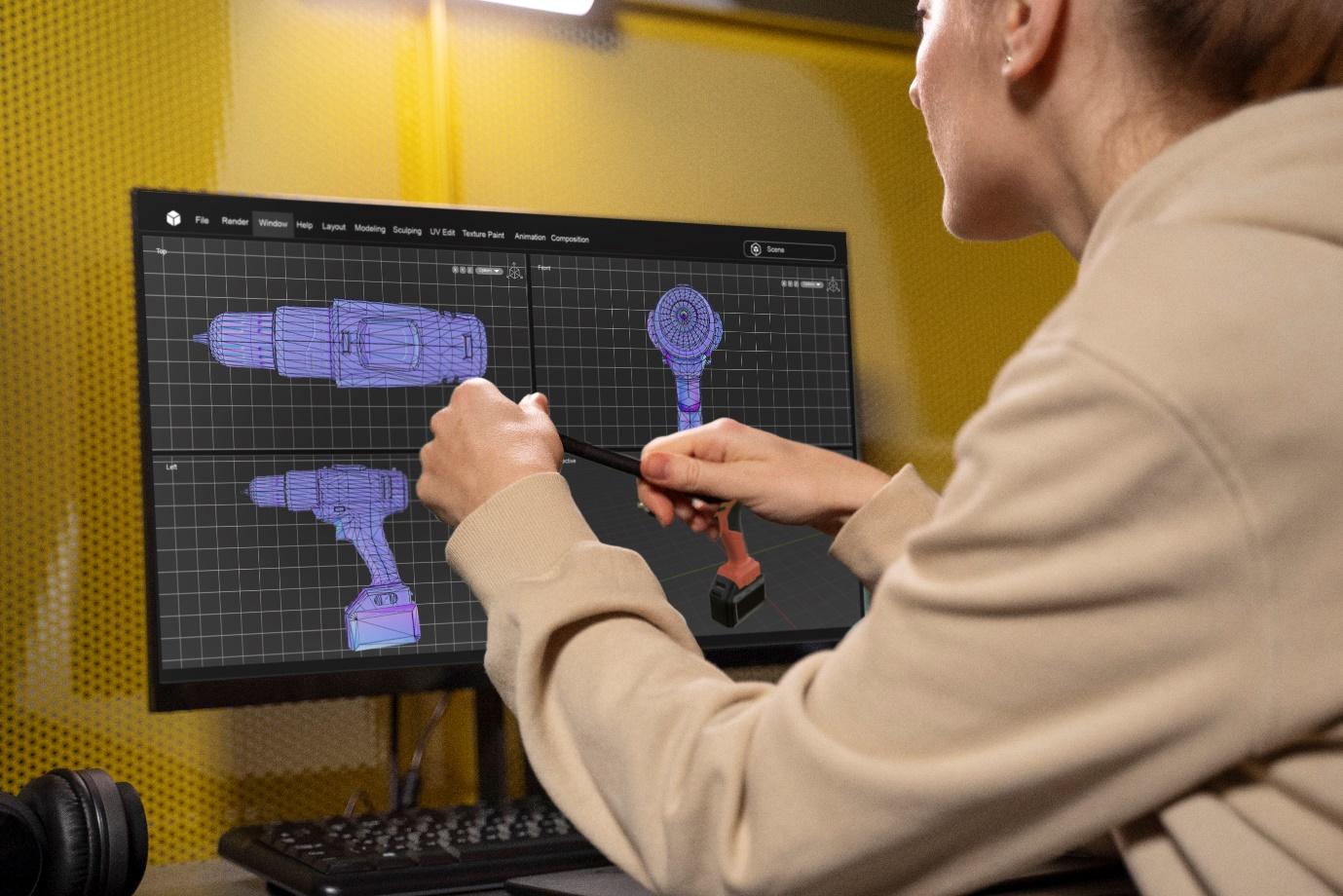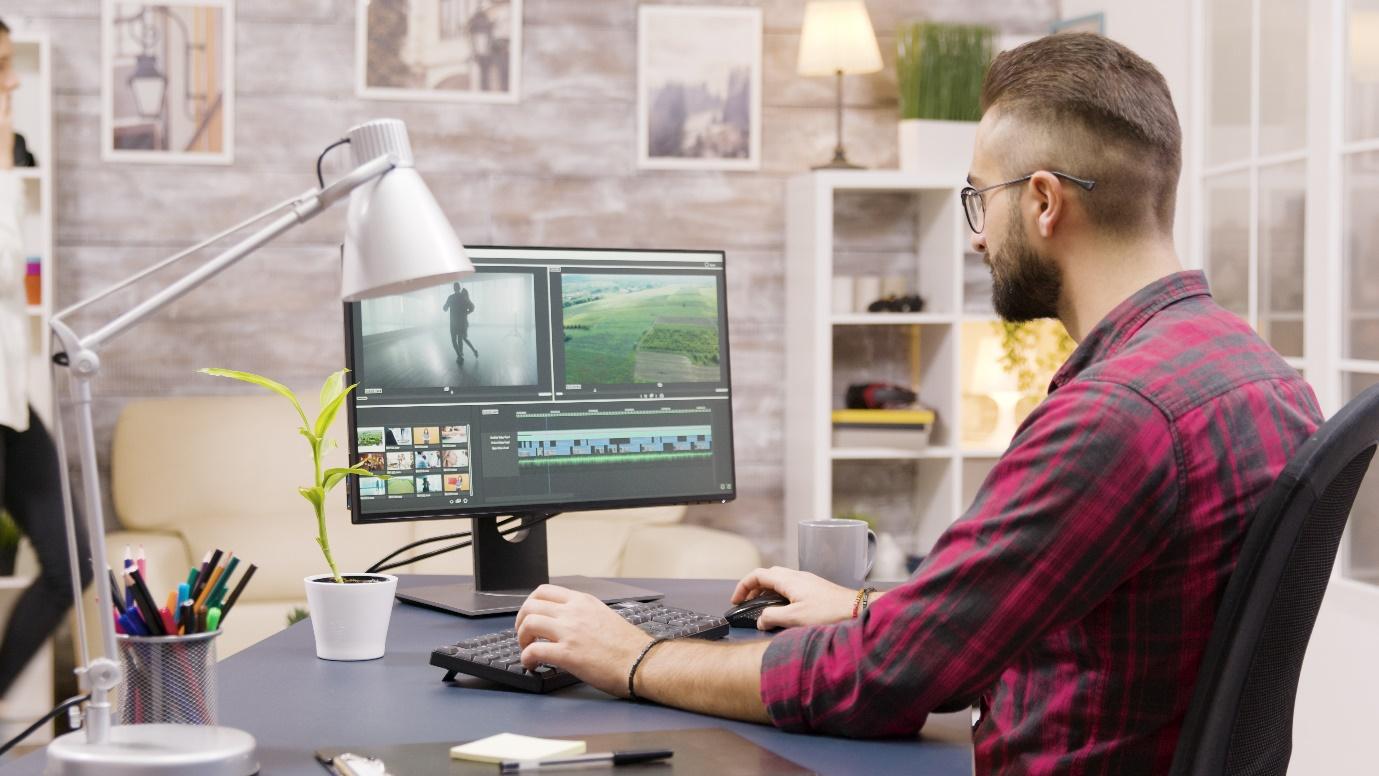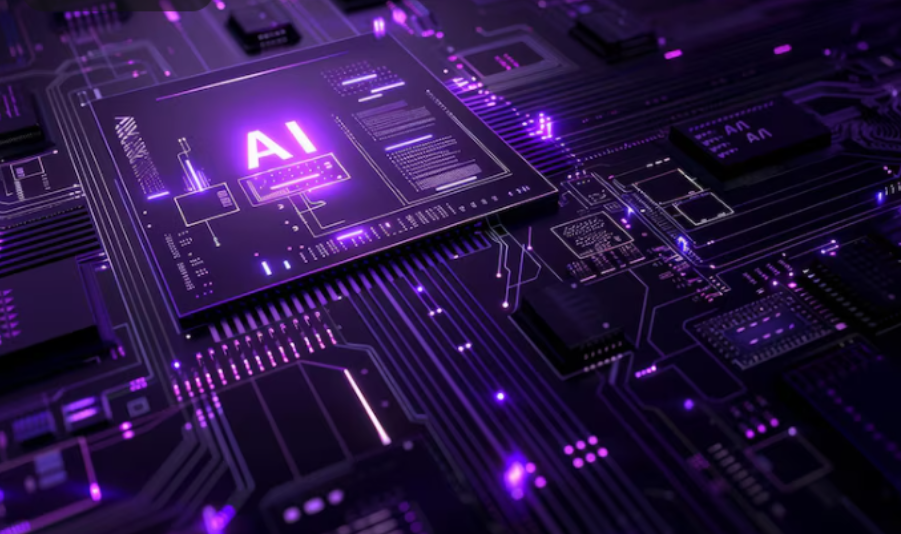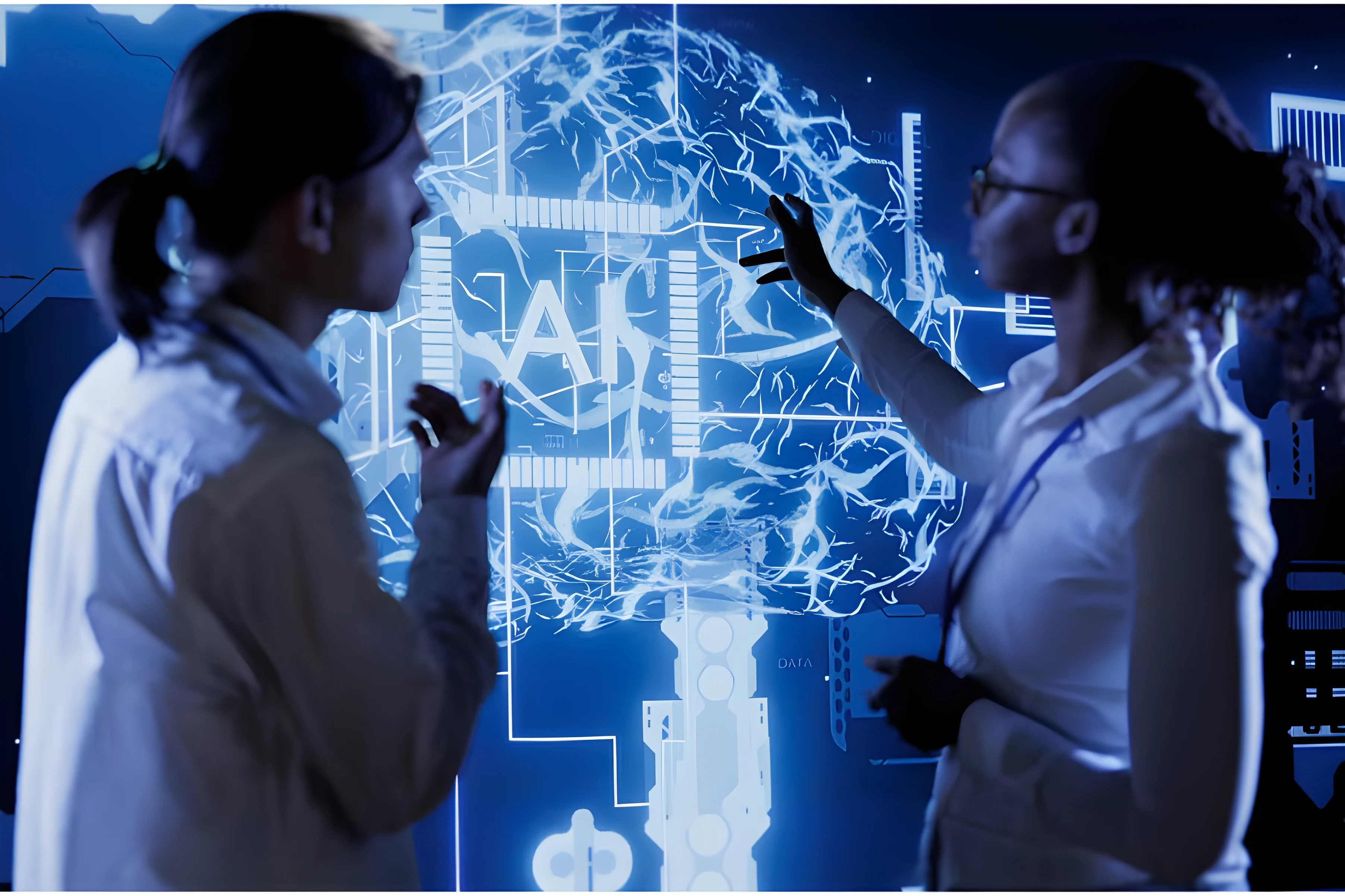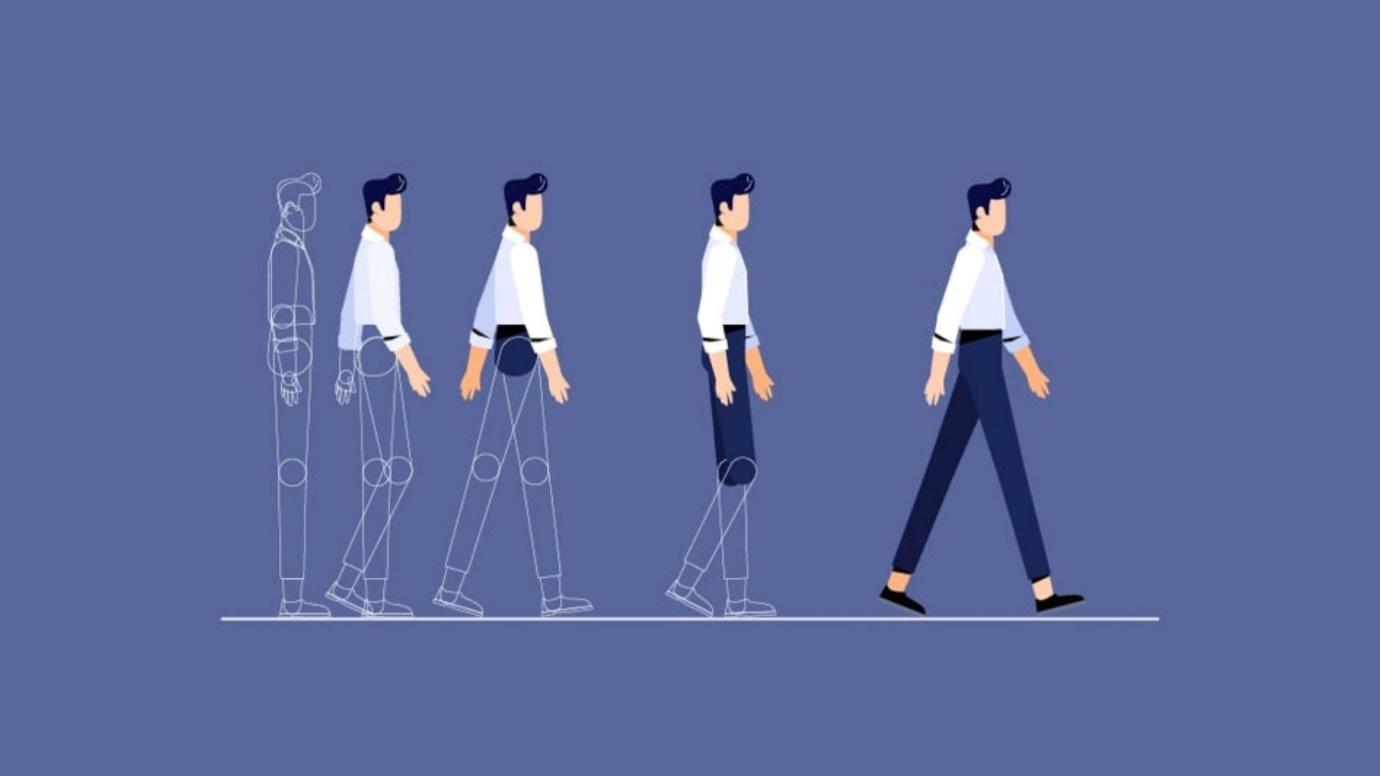
Animation is used in everything, whether it is a movie, web series, or meme. Animation is an integral part of our daily lives, appearing in various forms such as social media feeds, YouTube videos, cinematic experiences, and television advertisements. It is not just confined to cartoons and animated films but also extends to diverse sectors like e-commerce, science, gaming, aerospace, and industry. The animation looks creative and makes things interesting, bringing life to them. If we talk about evolution, this has come a long way in changing modern upgradations. Since the beginning of the computer as a helpful gadget and digital technology, the animation industry has changed many things. The artists are creating complex and sophisticated technology that is now being changed as the animations are made most imaginatively. It was first started by hand-drawn animation, and this technique was time-consuming and labor-intensive as it needed lots of effort. Then, the upgrade started, which you will acknowledge in this blog. Let's dive into the world of creativity.
Accustomed Background
As discussed earlier, people used to draw images on pages in the past, which was very difficult. It is the most challenging task to do regularly, and this was also time-consuming. On sheets of celluloid, called cells, each animation frame was painstakingly drawn and painted before being captured on camera one at a time. Even though it was laborious and time-consuming, this method had a distinct charm and artistic character that is still valued today. This method was invented by studios like Disney and Warner Bros., which produced enduring masterpieces that raised the bar for animation's narrative and visual brilliance. Their work exhibits a profound respect for the precise art of hand-drawn animation, which serves as the foundation of the field.
It took time to change from physical platforms of maneuver to digital media. In the beginning, many animators opposed the proposed change to stylized animation, with a concern that traditional animation's unique craft or style would be lost. But, as digital tools became more advanced, they provided hitherto unseen exactness and efficiency, making skeptical believers embrace them.
Different types of Graphics and Animation
-
Traditional Animation: This form of drawing, usually connected with traditional 2D animation, is performed single-to-shot and makes up an animation sequence. However, at the heart of those methods, the basic idea of making solid movements frame by frame must be more balanced with the shift from hand-drawing pictures on celluloid film to digital strategies.
-
2D Vector-based Animation: This feature film version of traditional animation brings the 2D graphics to life through computer software that renders and modifies the vector graphics. This approach supports animated scenes that can be edited and adjusted very easily.
-
3D computer animation: This is achieved by building the imagined reality in a 3D digital environment. This technique is the mainstay and makes it important in feature films, virtual games, and virtual reality.
-
Motion Graphics: Apart from this kind of animation, it is mainly driven by dynamic, text-oriented animation visual effects, which provide information and create exciting visual effects. It is typical in TV commercials, online media, and explanatory videos to use motion graphics, which combine two areas of design by using basic animation techniques.
-
Stop-motion: A long-standing technology, stop-motion captures shots one frame at a time using physical objects that are slightly moved between shots. Manual art, specifically this labor-intensive process, preserves greater humanity, psychological depth, and creative originality than digital methods.
In Conclusion
Animations are essential, as they bring changes to the whole working system. A simple web series or a straightforward YouTube video can be enhanced by adding animations. It looks very creative, and people can relate more with the help of the animation and visual effects. Every animation style has unique benefits and difficulties, so Social Ravel understands that selecting the right approach is essential to getting the intended effect and finishing the project on time. The transition of animation from analog to digital methods has opened up new creative avenues and produced more captivating and immersive experiences that you can get when contacting Social Ravel. We provide animation and visual effects services that can make the designs more attractive.
